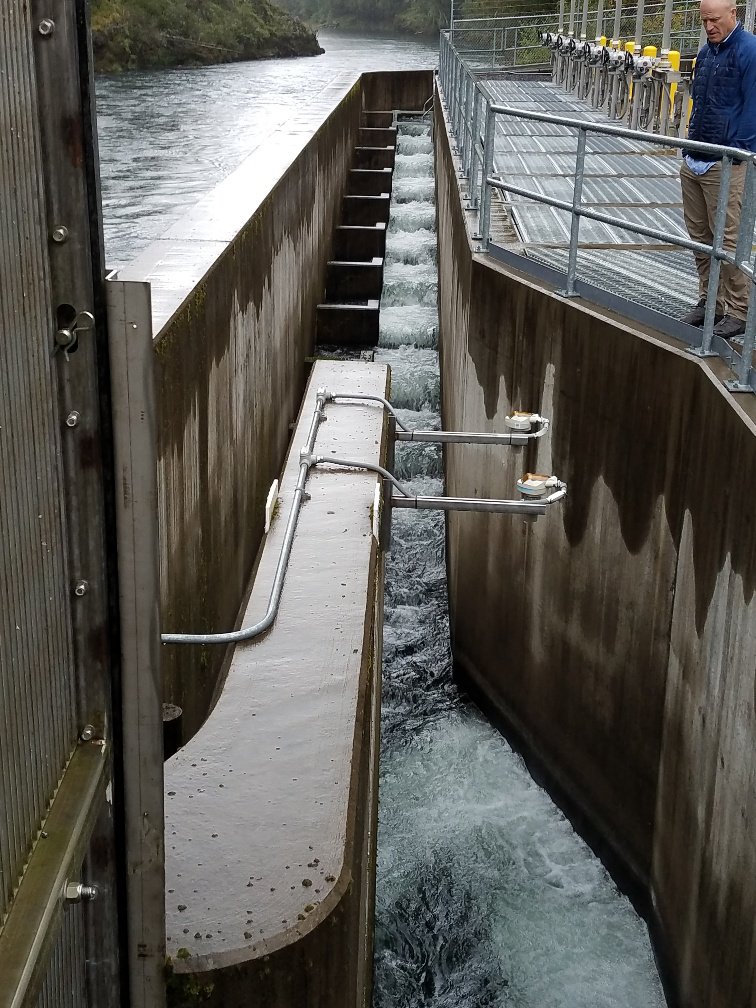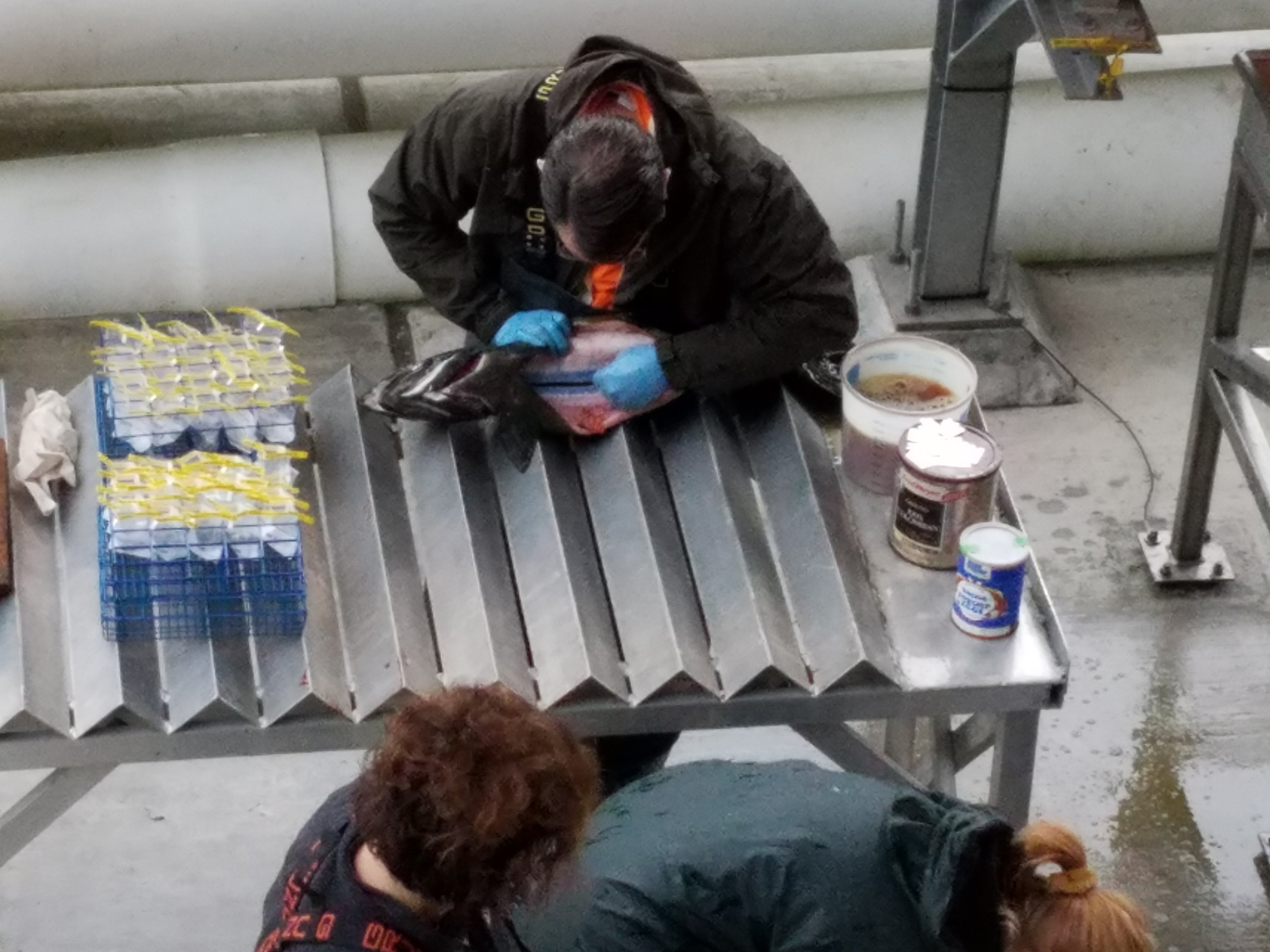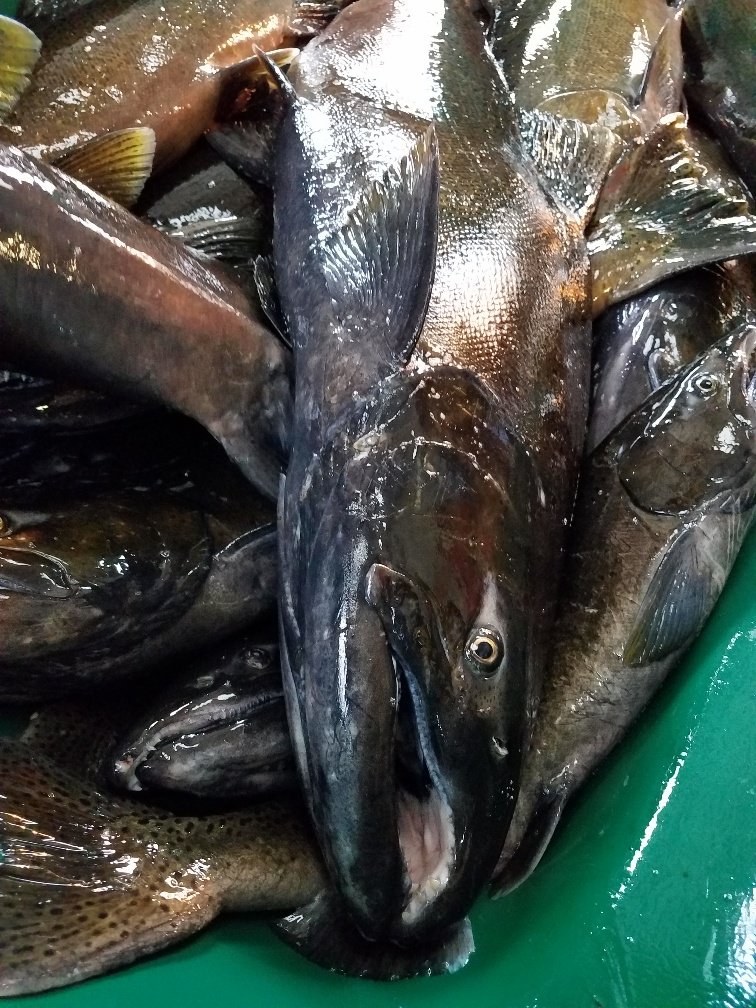New Collection Facility Improves Passage for Salmon and Steelhead on Oregon's North Fork Santiam River
- September 24, 2019
- John Harrison

A system of 13 dams in Oregon’s Willamette River Basin, built on the western slopes of the Cascade Mountains, generates more flood control than electricity. The dams were built in the 1940s and ‘50s to protect Oregon’s most populated areas from flooding, including Eugene, Salem and the Portland area. Unlike most dams on the Columbia, which have passage facilities for juvenile and adult salmon and steelhead, the Willamette dams do not. Fish passage, required for certain species under the Endangered Species Act, is made all the more difficult at some of the dams because of their extreme height, particularly for juvenile fish.
The Willamette River tributaries the dams were built on, forks of the Santiam, Middle Willamette and McKenzie rivers, once supported large populations of salmon and steelhead, but because the dams blocked access to historic habitat and other factors including ocean conditions, predation, and harvest, the fish runs declined. Today Upper Willamette spring Chinook salmon and Upper Willamette River Winter Steelhead are listed as threatened species under the federal Endangered Species Act. Both species historically spawned in the North Fork Santiam River, one of the tributaries where fish passage and collection facilities are being rebuilt, or built for the first time, in response to requirements of the ESA to protect and rebuild the populations.
NOAA Fisheries, the federal agency responsible for protecting the listed Willamette species, issued a biological opinion in 2008 that requires a number of activities to protect the fish, including construction of a new “safe and effective,” in the words of the opinion, fish-collection facility at Minto on the North Fork Santiam, a Willamette tributary. Minto is about four miles downstream from Big Cliff Dam, and Big Cliff is about five miles downriver from Detroit Dam, which creates the reservoir known as Detroit Lake. Both dams were completed in 1953 and are owned and operated by the U.S. Army Corps of Engineers. While flood control is the primary purpose of the dams, together they also generate about 184 average megawatts of electricity, small in comparison to dams on the Columbia.

NOAA did not require fish passage structures at the dams, which would have been a formidable challenge, as the level of Detroit Lake is more than 300 feet above the level of the river below Big Cliff Dam. Instead, the biological opinion requires improved collection of adult fish at Minto, long the site of a fish-collection facility, and improved survival of juvenile fish past the two dams as they migrate to the ocean. Adult fish are trapped at Minto, where they can be processed as broodstock for the Oregon Department of Fish and Wildlife’s Marion Forks Hatchery, or if they are wild fish, released back to the river to spawn in a designated sanctuary in the four miles between Minto and Big Cliff Dam. Some fish will be loaded live into trucks and transported to spawning areas upstream, such as in the Breitenbush River. In 2018, 2,305 spring Chinook were collected, 257 of them wild, and 1,712 steelhead were collected, 152 of them the wild winter species.
Recently, the Council’s Fish and Wildlife Committee toured the new Minto facility and learned about the Corps’ plans for downstream passage improvements. At Detroit Dam, a selective water withdrawal structure will be constructed to better control the temperature of the outflow. By mixing warm surface water with deeper, colder water, the outflow temperature can be adjusted to help wild fish spawn below Big Cliff, and farther downriver. The 300-foot-tall structure will be attached to the upstream side of Detroit Dam. The fish passage collector would attach to the selective withdrawal tower and would float up and down with the level of Detroit Lake, which typically is drawn down in the winter in anticipation of capturing spring snowmelt runoff. The collector also would be capable of capturing and holding juvenile fish headed downstream for transport in trucks to release points below Big Cliff. Much of the construction work will have to be done by divers, as the Corps will not be able to draw down the lake beyond its normal operating range because several municipal water supplies rely on the lake.

The new fish-collection facility at Minto, essentially a weir in the river to stop adult fish and a new fish-sorting facility-- cost about $30 million, and the new water temperature control structure and juvenile fish collection facility at Detroit Dam is projected to cost more than ten times as much -- $350-$500 million. The cost is greater because of the size and complexity of the structure and the difficulty of construction. But even though the Corps of Engineers was required by the biological opinion to begin operating the temperature control structure at Detroit Dam by last year and downstream fish passage for juvenile fish by 2023, construction has not begun and could be further delayed by budgetary constraints.


